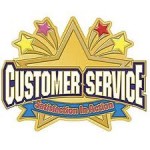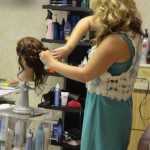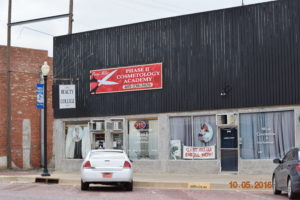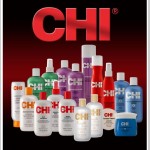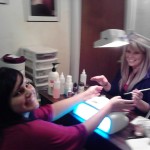Academy Offers IONIZER FOOT Treatment!
What is the Ionic Cleanse Foot Bath and what is it for?
The Ionic Foot Bath assists in restoring body vitality against environmental toxins by eliminating chemicals taken in from drugs, environmental pollution, and foods (particularly processed foods and meats).
What are some of the Benefits of the Ionic Foot Bath?
Positive effect on weight loss
Headache Relief
Slows down aging and improves body flexibility
Rejuvenates and energizes your whole body
Enhances Nutrient Absorption
Increases Your Energy
Improve ability to cleanse body
Promote metabolism and blood circulation
Helps Relieves Pain and Tension
Improved Sleep
Immune System Booster
Can Anyone Use the Ionic Foot Cleanse?
The Ionic Foot Cleanse is great for most people. As with anything, there are some contraindications, whereas, it should not be used. People who have the following are not candidates for this wonderful treatment.
Do not use the Ionic Foot cleanse on the following conditions:
Someone with a pacemaker or other magnetic device.
Someone with heart disease or high blood pressure.
Someone with a surgical heart implant.
Someone with a history of epilepsy.
Someone with an organ transplant.
Pregnant or nursing women.
What happens during the Foot Cleanse?
As believed in Reflexology, each foot is actually a channel, a conduit, through which your body attempts to rid itself of toxic wastes and heavy metals that are building up in many parts of your body. During the foot bath you actually see the cleansing process take place as the water interacts with a compound electric current and magnetic field structure. This body cleansing process results in the correct frequency required for cells to return to a healthy state, and to release waste that has been bonded to them over the years. This detoxification therapy procedure also enhances the effects of other therapies.
What happens during a therapeutic detox foot bath, and how many and how often do you need to take them?
You immerse your feet in warm water. The machine is set to the correct settings and ionization levels. Then you sit back and relax for 30 minutes while the machine completes its cycle.
It is painless; you may feel a slight tingling in your feet. The initial suggested protocol for adults of all ages is to use the machine 1-2 times per week for ten sessions. If the color of the water still remains dark orange to black, an additional 5-10 visits - spaced about 1-2 times per week and no further than every 2 weeks - may be necessary to detoxify the body and improve symptoms.
The doctor can give you a specific recommendation for your condition. After that, one treatment every 2 – 4 weeks is recommended to keep the body detoxified.
- Children under 4 years of age should not use the foot spa
- Ages 4-7 years = 10 - 15 minutes
- Age 8- 12 years = 15 - 20 minutes
- Age 13 - 17 years = 20 - 30 minutes.
You may see the excreted toxins and heavy metal particles in the water. However, there is no bad smell. The water may change color and consistency from orange, brown through to black -- due to the release of toxic substances through the 2000 pores on the sole of each foot.
Water, salt and the metal in the unit interact with each other to produce ions. These ions will neutralize everything they come in contact including toxins that are in tap and filtered water. Depending on geographical location approximately 20-40% of what you see in the water comes from the junk in the water, and the remaining 60-80% comes from the client's body. The degree of detoxification will be reflected in symptomatic improvement. Some waters do not change color, and in other geographical regions, water may even change color without any body parts present in the water. The water color change without body parts has to do with the combination of industrial and chemical pollutants common to those areas.
What are our experiences with the Ionic Foot Cleanse?
I love it! I always sleep better the day of the treatment, and I feel full of energy for several days after the treatment. Energy levels go up, I feel more alert and on top of things, rested and refreshed.
Students have told me they feel refreshed and re-energized after the treatment.
Clients have told me they sleep better, and have better elimination.
I even had one older client, who said she felt that it helped with her gout.
I have had a few clients who say they don't really feel anything during the treatment, but then later feel better.
I just know this is a treatment that I like to do on a regular basis.
How often can I do my sessions?
- Between the ages of 10 and 65, every other day not to exceed 3 times per week.
- Under 10 and over 65 the recommendation is no more then twice a week.
- I usually try to do a treatment about once a week to every two weeks.
Can I use the Foot Bath while taking prescription drugs?
- Most doctor prescribed medications will not be affected by use of the foot bath, but the decision is best left up to you and your physician. We recommend consulting your physician prior to use.
How do I book a Session?
Simply give us a call @ 405-238-3426 and we can schedule you an appointment.
DISCLAIMERS:
The foot bath does not cure anything it only helps stimulate detoxification by aiding in balancing the body’s bio-energetic fields. When the electro-magnetic fields are balanced, the body’s organs will naturally function more efficiently.
Disclaimer: The ionic foot bath is NOT a "Medical Device" and is NOT intended for use in the diagnosis of disease or other conditions, or in the cure, treatment, or prevention of disease. Any information provided is not a substitute for professional medical diagnosis or treatment by a licensed physician.
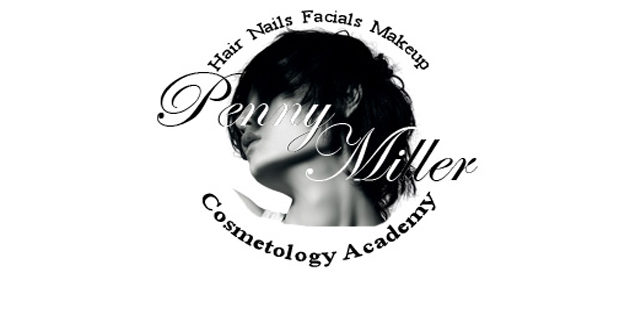

![IMG_1101[1]](https://www.salonpmca.com/wp-content/uploads/2013/07/IMG_11011-225x300.jpg)










![IMG_0839[1]](https://www.salonpmca.com/wp-content/uploads/2013/07/IMG_08391-150x150.jpg)

